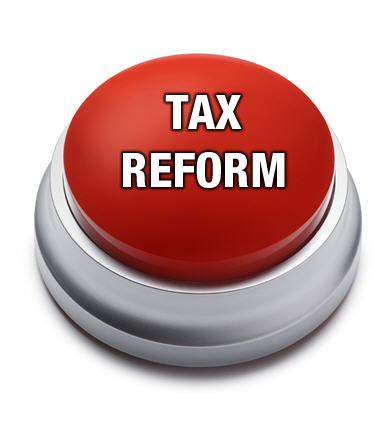This is the one version of an opening to a group of articles that I am preparing for specific industry or professional groups in my area of concentration: small business employee benefits planning. This version is for CPAs but other versions of the article will be appropriate for small business audiences.
In the final weeks of 2017 the U.S. Congress passed a widely unpopular tax reform law known as the Tax Cuts and Jobs Act. President Trump then signed it into law with an effective date of most changes occurring on January 1, 2018. The full text of the law had not been previously released to the public before its final passage and reconciliation so taxpayers and their advisers are now scrambling to make adjustments to the new tax law that is now already in effect. This article focuses on the impact on small business employee benefit plans: the framework, changes triggered by the law and tax and benefit planning opportunities for 2018.
Review of legal framework
The logical and legal framework for small business employee benefits planning is not changed by the Tax Cut and Jobs Act. A quick review of the applicable law that supports the primary goals is useful before diving into the changes.
Tax treatment by the Employer: The first tax-related goal of employee benefits planning is typically to get a business tax deduction for amounts paid by the employer. Section 162(a)(1) of the Internal Revenue Code allows a deduction from income for all of the ordinary and necessary expenses paid or incurred during the taxable year in carrying on any trade or business, including a reasonable allowance for salaries or other compensation for personal services actually rendered.
We might also consider that a reduction in business tax rate under the Tax Tux and Jobs Act decreases the motivation to attain the goal of having compensation deductible. Specifically, we might consider that the use of nondeductible compensation and benefits might become more common under the Tax Cut and Jobs Act. I suspect that this will happen, especially in the area of deferred compensation plans used by small businesses. However, this article does not consider benefits planning strategies that would fall under this nondeductible strategy. Instead, this article addresses only employee benefits that are tax-deductible to the employer.
Tax treatment by the Employee: The second typical goal of employee benefits planning is to have the benefit received tax-free by the employee. Internal Revenue Code sections 101 to 140 cover the Items Specifically Excluded from Gross Income. This article only covers the few items most commonly used by small business employee benefit plans. Code section 101 covers amounts received through life insurance. Sections 104, 105 and 106 cover health plans. Section 125 covers cafeteria plans. This code section permits a way for employers to organize the administration of tax free employee benefits rather than introduce any new benefit. Section 127 covers educational assistance. Section 132 covers fringe benefits. While we have seen a large growth in after-tax employee benefits that might be affected by the new tax law, this article does not address these options.
The rest of this article covers the employee benefits that meet both tax treatment criteria – deductible by employer and tax-free to the employee – and the potential impact of the Tax Cut and Jobs Act on each.
Tax Planning Opportunities
The rest of the article will be customized for each industry group and readership. Please contact the author for an article suitable for reprintable version that is most appropriate for your audience.


Leave a Reply